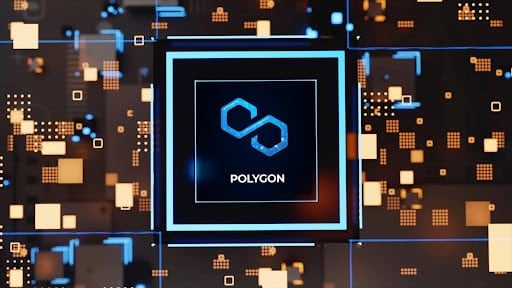- The AggLayer of Polygon is welcoming its first network integration with a prominent Japanese Web3 community Astar.
- Astar users would be able to access liquidity in the Polygon ecosystem in addition to several other benefits.
In the wake of recent shortcomings of blockchains that pose scaling limitations to users, Polygon (MATIC) announced the introduction of Aggregation Layer (AggLayer) to unify the divided landscape into secured L1 and L2 chains. Drawing insight from a previous publication by the Crypto News Flash, the first version of the AggLayer was launched in February 2024 with the second version (V2), which would support asynchronous cross-chain transactions, expected to be launched later this year.
In less than two months after launch, a very popular blockchain in the Japanese Web3 community, Astar Network, has disclosed that its Astar zkEVM is on the verge of becoming the first network to be fully integrated into the Polygon’s AggLayer.
Sandeep Nailwal, co-founder of Polygon announced:
Today is an important first step to welcoming communities to a seamless multi-chain ecosystem. With Astar and numerous other ZK-powered chains onboarding soon, Polygon CDK and AggLayer are poised to bring internet-scale capabilities to the world of crypto.
With technology advancing at a rapid pace, Astar zkEVM made earlier attempts to catch up as it seized the opportunity to be powered by Polygon’s Chain Development Kit (CDK). The opportunities in this collaboration appear limitless, ranging from access to liquidity in the Polygon ecosystem to the possibility of cross-chain transactions between Astar and Polygon zkEVM.
More Light on the Polygon’s AggLayer
According to the initial announcement by Polygon, the AggLayer does two main things – aggregates ZK Proofs from all connected chains, and ensures the safety for near-instant cross-chain transactions. Digging deep into the first AggLayer released shows that it has a bridgeAndCall() Solidity library that enables developers to program logic to execute calls on different chains.
In this case, users can trigger contracts on a different chain after the arrival of the asset in addition to transferring assets between chains (bridge). The next version to be launched would reportedly focus on increasing the speed of finality and the synchronizer for fast execution of messages between chains.
The report also explained the gap in blockchains and the need for AggLayer:
Blockchains today don’t look or feel like the Internet. Instead of a unified, highly scalable network, users face scaling limitations and bad UX due to fragmented liquidity and state. Unfortunately, the ever-increasing list of new chains being launched has compounded the problem. This environment is reminiscent of the pre-Internet era, siloed and lacking interoperability. We need to do better.
The advantage of this project to dApp developers is that they can now reach users in aggregate. In this case, users can interact with it without bridging UX even if the users are on a different chain. End users would enjoy a single environment that does not demand frequent bridging. L1s and L2s connected to the AggLayer would also have full control on top of tapping into a huge pool of unified liquidity.
Polygon (MATIC) was down by 4% in the last 24 hours, trading at $1.08 despite this groundbreaking development. The asset, regardless, has a bullish market sentiment with a score of 76/100, and a market cap of $10,637,831,877. Crypto News Flash recently reported that MATIC has a good chance of hitting $2 but would have to deal with a series of obstacles.




